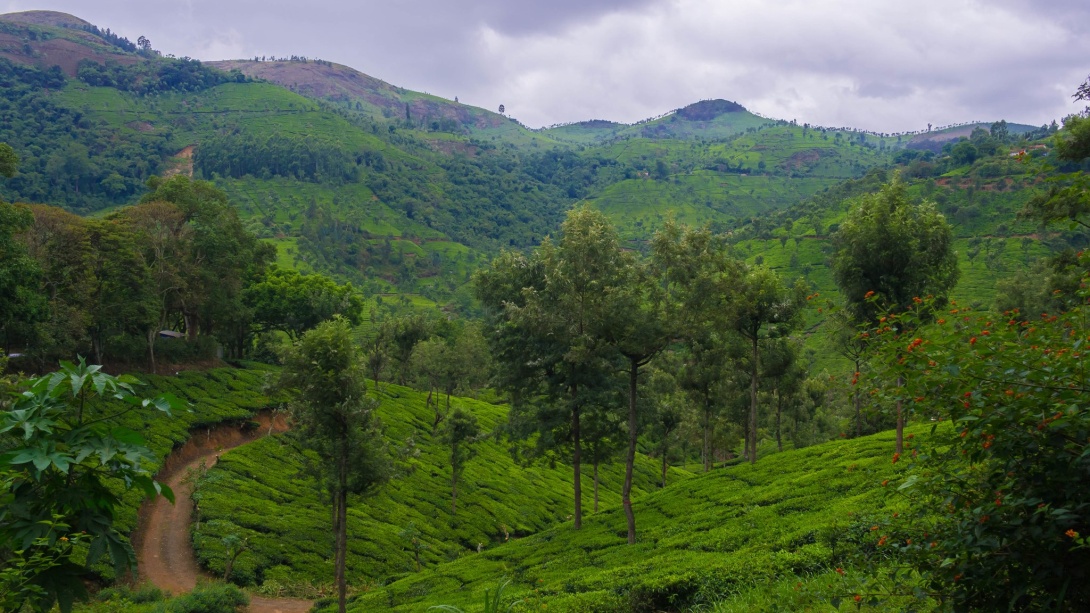
Indigenous Peoples are gaining more control over their ecosystems, helping to restore ecological and cultural services in the Nilgiri Biosphere Reserve, Western Ghats. This community-based ecological restoration project provides communities with support and scientific tools for mapping and removing invasive species, and planting native ones.
The impact of invasive species on forests and local lives
Invasive species are a major threat to forests in the Western Ghats, India. They contribute to the degradation of natural habitats, with worrying implications for native wildlife populations and severe consequences for the lives and livelihoods of Indigenous People and those dependent on forest ecosystems.
For example, undergrowth taken over by invasive plants could negatively impact forest regeneration and long-term survival of non-timber forest product species and medicinal plants.
The Nilgiri Biosphere Reserve is a microcosm of the Western Ghats, where a variety of habitats suffers from invasive alien plants although the patterns of invasion vary between ecosystems – grasslands, dry deciduous and wet evergreen forests. Therefore, invasive species need to be addressed in site-specific ways.
We do something called barefoot ecology. It means training Indigenous communities how to collect data: how to walk a transect or how to make consistent observations. So, they can still make the observations in their own language but in a more organised way – Sumin George, Keystone Foundation
Digital tools meet Indigenous knowledge
Combining Indigenous knowledge and the latest technology, this project aims to enable Indigenous Peoples to identify, map, and remove invasive species in different landscapes to reduce land degradation and preserve native ecosystems.
Efforts to have a long-term community-based ecological monitoring model, rests on building the capacities of local actors as ‘barefoot ecologists’. Indigenous Peoples will take leadership in managing their community forests, using a bespoke digital tool on their smartphones allowing them to record invasive species in a diversity of landscapes, contributing to filling the gap in site-specific information on invasive species. At least 100 acres will be taken up for long-term ecological restoration. When habitats are restored with native species, the impacts caused by climate-related natural disasters such as landslides and soil erosion will be minimised.
Connect